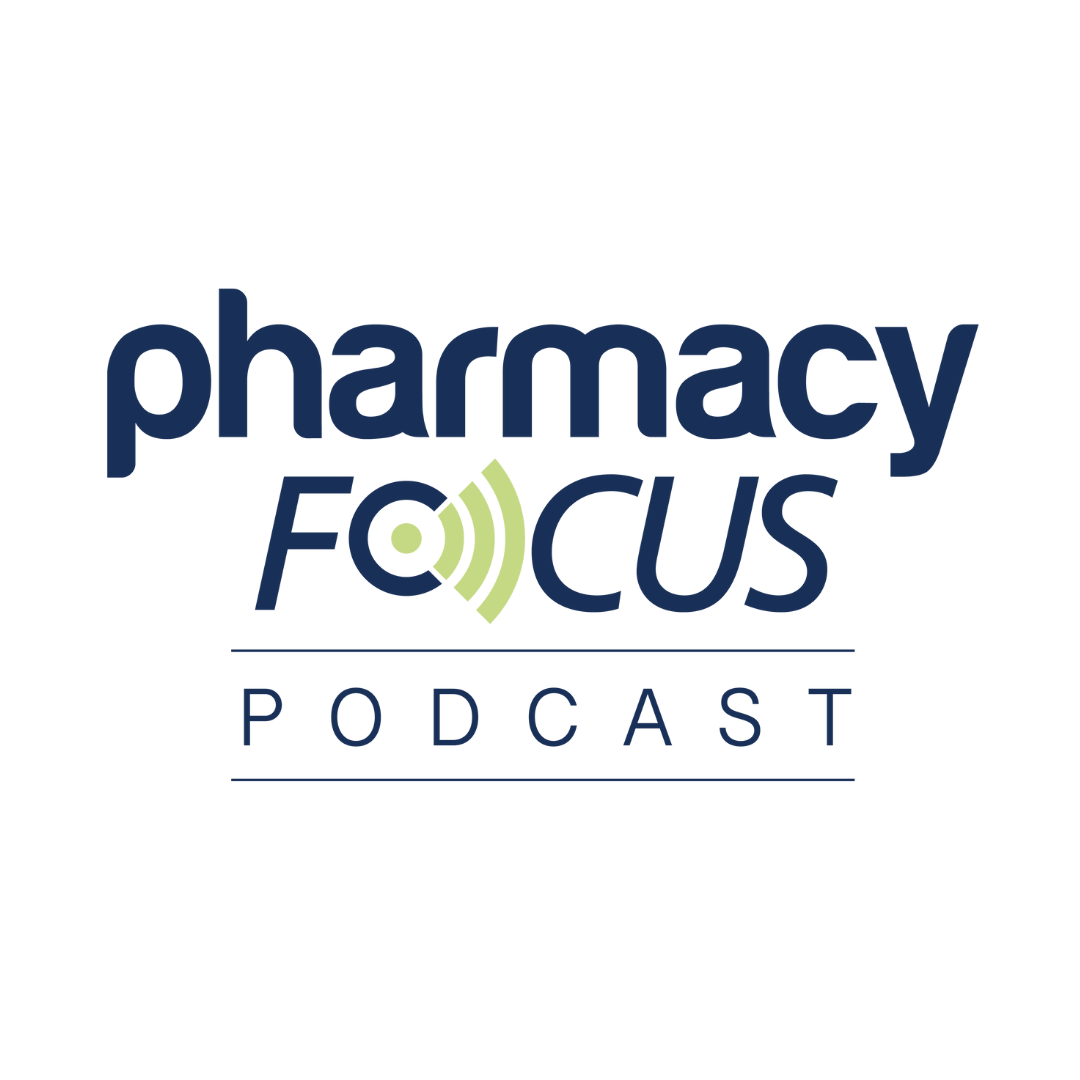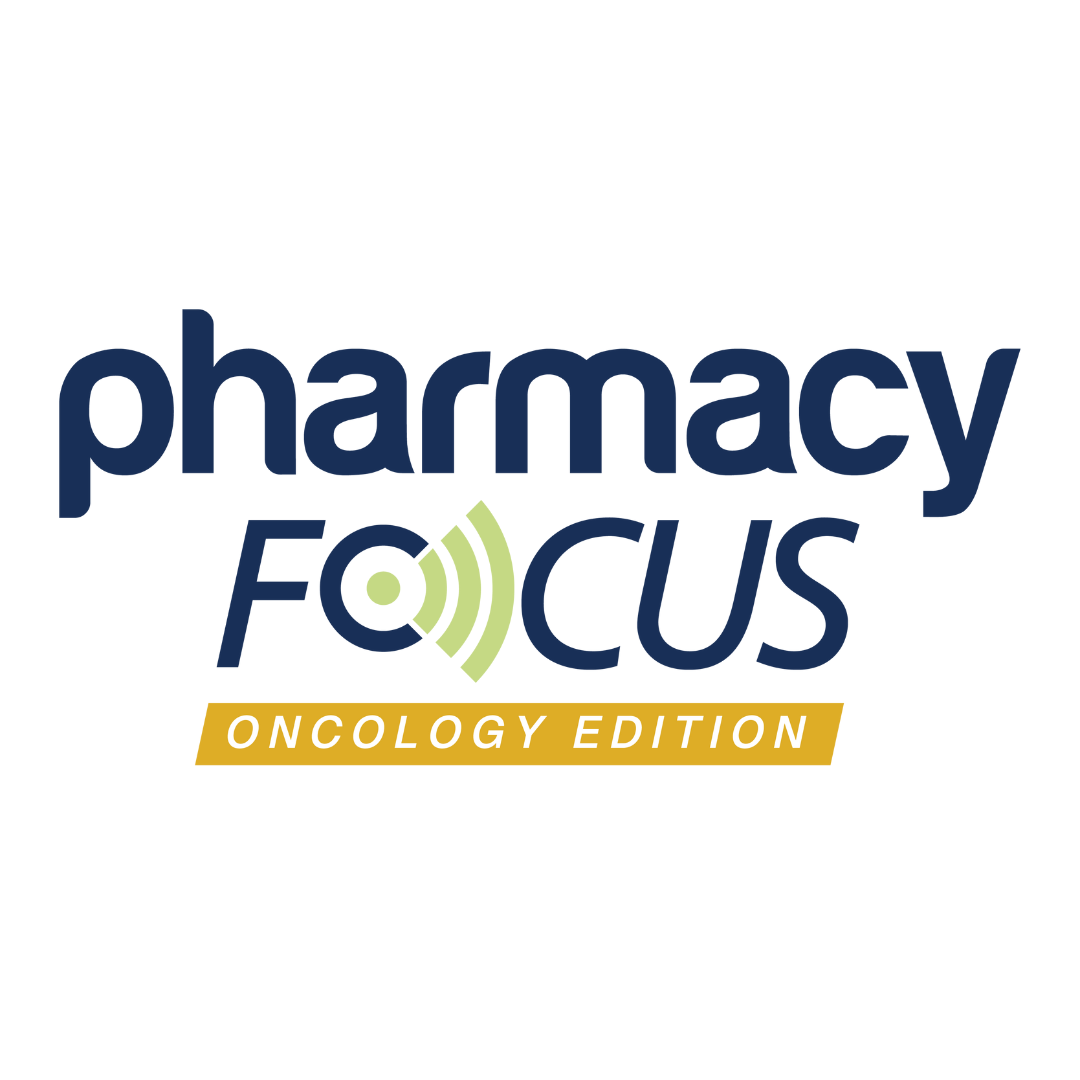When patients fill a prescription at their local pharmacy, there is an invisible hand guiding which medications are available, affordable, and even recommended. That hand belongs to a pharmacy benefit manager (PBM)—a behind-the-scenes architect of health care access whose influence is growing quietly, but rapidly.
Now, a new chapter is unfolding, one that goes far beyond cost control and generic substitutions. Welcome to formulary management 2.0, in which data science, patient experience, and value-based care converge to reshape how therapies are chosen and delivered.
The Evolving Art of the Formulary
At its core, a formulary is a curated list of medications, but it’s also a strategic tool. Traditionally, formularies have been structured in tiers to encourage cost-effective choices: generics first, brand names second, and specialty drugs as a last resort. But that model is no longer enough. With rising drug costs, growing emphasis on health equity, and the surge of complex therapies, PBMs are reengineering the formulary from the ground up.
What’s Driving Formulary Management 2.0?
Several forces are fueling this transformation, and at the heart of it is a shift toward value-based health care.
- Outcomes, Not Just Prices: Rather than simply favoring the cheapest option, PBMs are increasingly weighing how well a drug performs in the real world. This means assessing not only clinical trial data but also how a therapy reduces hospital visits, improves quality-of-life scores, or sustains long-term remission. The result? A growing trend of performance-based contracts, in which drug manufacturers are paid not just for supply but for results.
- Biosimilars on the Rise: With the FDA approving more biosimilars—lower-cost alternatives to biologic drugs—PBMs are moving fast to integrate them into formularies. These therapies are unlocking new savings in high-cost areas like oncology, immunology, and rheumatology.
- Formularies Meet Clinical Pathways: Another major shift is the integration of clinical pathways—evidence-based treatment roadmaps—into formulary design. This approach helps standardize care, avoid unnecessary therapies, and ensure patients are getting the right drug at the right time.
- Digital Insights and Predictive Analytics: Today’s formulary decisions are powered by far more than spreadsheets. PBMs are leveraging claims data, pharmacoeconomic modeling, and machine learning to guide drug placement and identify opportunities for therapeutic interchange or improved adherence. Imagine a formulary that can proactively flag which patients are likely to abandon a treatment—and recommend alternative therapies before that happens. That’s where the future is headed.
- Reimagining Copays and Assistance Programs: Copay cards, accumulator adjustors, and patient assistance tools are reshaping how medications are priced at the point of sale. But PBMs are also looking deeper, assessing how these programs impact not just affordability, but medication adherence, financial toxicity, and long-term outcomes.
- Putting Patients at the Center: Perhaps the most important shift is a new emphasis on the patient’s lived experience. PBMs are now factoring quality-of-life indicators, cultural preferences, ease of administration, and even social determinants of health into formulary design.
What It Means for Pharmacists and Providers
For pharmacists, this evolution is both a challenge and an opportunity. Staying ahead of formulary updates, prior authorization rules, and therapeutic alternatives is essential to guiding patients through increasingly complex treatment landscapes.
Pharmacists are also becoming key players in formulary adherence and medication therapy management—not just dispensing medications, but helping patients navigate access barriers, find formulary-compliant options, and optimize outcomes.
A New Era of Accountability
About the Author
Muhammad Cheema, PharmD, MPBA, completed his MPBA degree at the University of Pittsburgh. He has worked in high-traffic community pharmacy settings, managed care, and specialty pharmacy, showcasing his commitment to operational excellence and patient care. His diverse background positions him as a forward-thinking leader in the pharmacy and health care industries.
As PBMs take on more power in formulary management, transparency and accountability are top of mind. Industry stakeholders are calling for clearer contracting practices, stronger regulatory oversight, and greater alignment between cost-saving strategies and patient outcomes.
The goal? A formulary system that balances innovation and equity, in which cost control doesn’t come at the expense of care quality.
The Bottom Line
Formulary Management 2.0 isn’t just an administrative process. It’s a strategic lever for population health, a driver of value-based care, and a powerful force in the future of pharmacy.
As health care continues to evolve, one thing is clear: the decisions behind the prescription pad matter more than ever. And those decisions are being redefined—quietly but powerfully—by the data-driven hands of modern formulary design.







